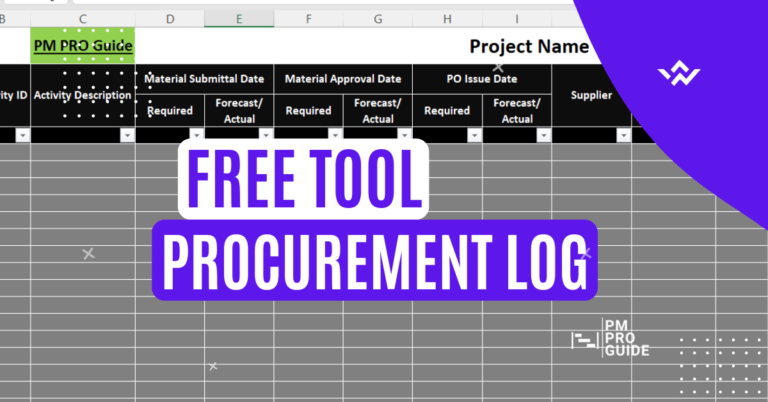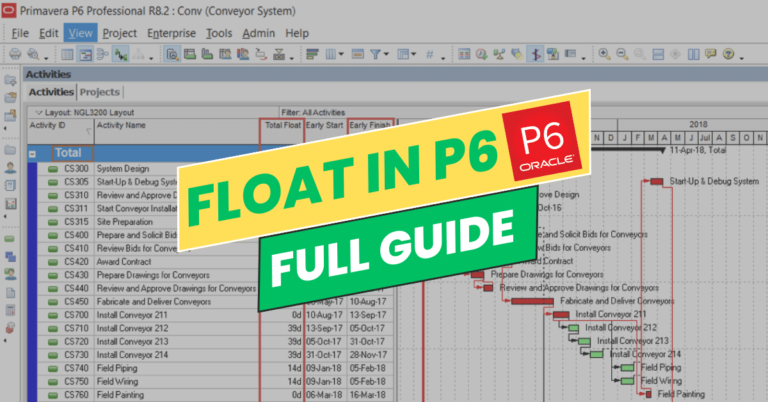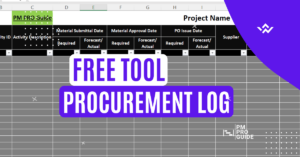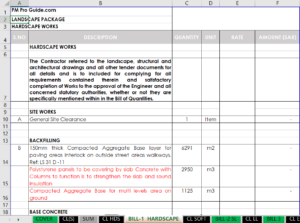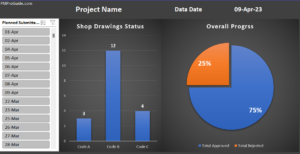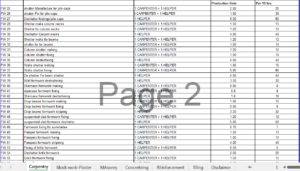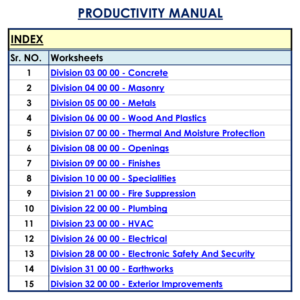If you’re new to Primavera P6 you may have heard of Progress Override and Retained Logic. Maybe you tried using one of them or both. Maybe you heard that you should always use one of them and you keep using it but don’t know why. Don’t worry, we’re here for you. We created a dedicated guide to tell you exactly the difference between Progress Override vs Retained Logic.
Retained Logic
Understanding Retained Logic in P6
Retained Logic, a scheduling feature of P6 software, operates on the principle of retaining existing relationships between activities when progress is updated. Unlike Progress Override, which allows for manual adjustments, Retained Logic preserves the logical sequence of activities within the project schedule.
Implementing Retained Logic involves configuring settings within P6 to maintain the inherent dependencies between activities. This ensures that changes in progress do not disrupt the established workflow or critical path of the project. By preserving logical relationships, Retained Logic promotes consistency and coherence in project scheduling.
For example, we have an activity that started on 05 March 2024 and it has an actual % of 50%. The project is run on data date 05 March 2024.
Let’s schedule on 10 March with the retained logic option.
As you can see, Primavera respected the relationship of that activity. That activity has a relation that controls the situation here. So Primavera will take the rest of that activity and schedule it in its place as per the relationship. Primavera says Ok that’s not the time to start that activity, you already did 50% but wait until the time of that activity comes then work on the rest of it.
Advantages of Retained Logic
The adoption of Retained Logic offers several advantages for project management efficiency. By preserving activity dependencies, this methodology minimizes the risk of schedule disruptions and ensures continuity in project execution. Project managers can rely on Retained Logic to maintain the integrity of the project schedule, even when progress updates occur.
Furthermore, Retained Logic facilitates accurate forecasting and resource allocation by preserving the logical sequence of activities. This enhances predictability and enables project managers to anticipate potential bottlenecks or resource constraints proactively.
Progress Override
Understanding Progress Override
Progress Override, a feature within P6 software, allows project managers to manually input progress information, overriding the calculated values. This method offers flexibility in adjusting project timelines and resource allocation based on real-time data and managerial discretion. Unlike automated progress calculations, Progress Override empowers project managers to make informed decisions tailored to specific project needs.
Implementing Progress Override requires careful consideration and adherence to best practices. Project managers must accurately assess project progress and update information accordingly. After updating the program P6 will neglect the original logic and schedule up to the actual data you provided in the update.
Using the same previous example but with a progress override option, Primavera respects that you already started an activity and lets you continue working on that activity. It disrespects the original relation and respects that you said that the activity has started, so you should continue it tomorrow (the day after the data date).
I personally prefer Progress overrides as it’s more realistic for me and give realistic forecast finish dates.
Benefits of Progress Override
The adoption of Progress Override brings several benefits to project management endeavors. By enabling manual adjustments to progress data, project managers can exercise greater control over project timelines and resource utilization. This flexibility allows for swift responses to unforeseen challenges or changes in project scope, ultimately enhancing adaptability and resilience.
Furthermore, Progress Override facilitates accurate reporting and forecasting, enabling stakeholders to make informed decisions based on real-time data. This enhances overall project visibility and fosters confidence among stakeholders, contributing to improved project outcomes.
Challenges with Progress Override
Despite its advantages, Progress Override presents certain challenges that project managers must address. One common obstacle is the potential for inaccuracies or discrepancies in manually inputted progress data. Without rigorous validation processes and quality controls, erroneous information may skew project metrics and undermine decision-making.
Progress Override vs Retained Logic in P6: A Comparative Analysis
To better understand the differences between Progress Override and Retained Logic, let’s examine a hypothetical project scenario and compare the two methodologies:
| Aspect | Progress Override | Retained Logic |
|---|---|---|
| Flexibility | Allows manual adjustments to progress data | Preserves logical dependencies between activities |
| Control | Provides greater control over project timelines | Ensures continuity in project scheduling |
| Adaptability | Enables swift responses to changes in project scope | Minimizes the risk of schedule disruptions |
| Accuracy | May lead to inaccuracies without proper validation | Maintains consistency in progress updates |
| Complexity Management | Requires careful monitoring of automated calculations | Ensures adherence to existing activity relationships |
If you’re interested in more content regarding Primavera P6, we have tutorials and tips & tricks videos on our YouTube channel here.




